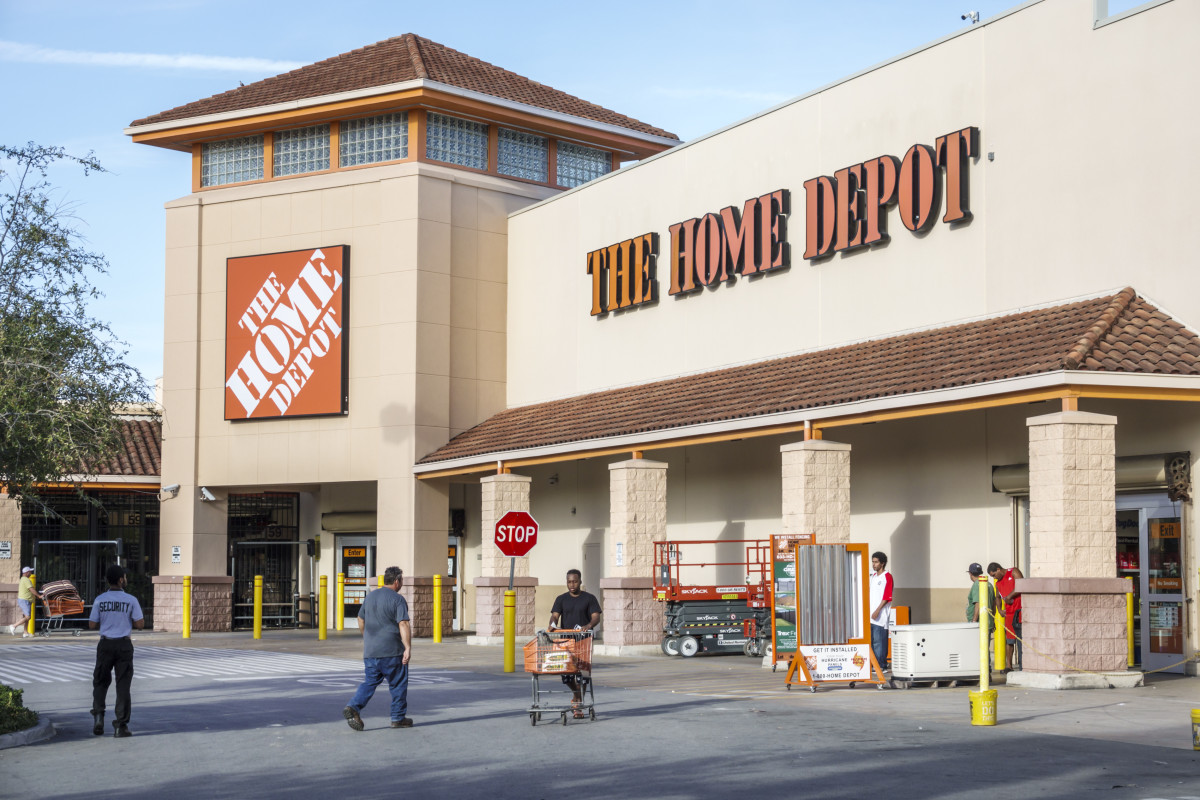
When Billy Bastek, the merchandising chief of home improvement store Home Depot (HD) , said that “broad-based price increases” weren’t in the cards during its May quarterly earnings, almost everybody had a reason to cheer.
The highest tariff rates in the history of the U.S. have been a thorny topic among U.S. merchandisers, with leading retailers like Walmart (WMT) and Target (TGT) warning President Donald Trump that the excises could “lead to empty shelves.”
He simply told them to eat the cost. They raised prices on some products anyways. He railed against retailers who proposed showing the price impacts of tariffs transparently to consumers.
Instead, the MAGA movement pointed to Home Depot as a company that proved that American businesses could, would, and should change with the times of Trump and tariffs.
Unfortunately, they changed their mind. It should be a wakeup call to all retail giants, investors, and Americans.
What Happened?
Home Depot seemed prepared for the moment. Over half of its merchandise was sourced within the U.S. and the company embraced a policy whereby it would source “no more than 10% of its products from any single foreign country.”
That seemed that capable of insulating the company from the often volatile and unexpected twists and turns in this administration’s tariff policymaking. Even where it wouldn’t, the company said it would simply stop carrying products that weren’t worth it.
A quarter later, with the tariffs now fully in force, Home Depot is walking back its outlook. It comes as retailers, including competitors like Lowe’s (LOW) , have been warning about price impacts from tariffs.
And in their own earnings, Home Depot finally indicated that imported products could see steeper costs. CFO Richard McPhail told the WSJ that, with tariff rates higher on some goods today, “there will be modest price movement in some categories.”
McPhail insists that the higher prices will not “be broad based.” However, he did not indicate which specific categories would be affected.
Why Worry?
McPhail’s commentary suggests that Home Depot remains strong in the face of tariffs. However, what remains to be seen is if Home Depot’s arithmetic accounts for the price swings in domestic products.
Despite over half of Home Depot’s products being made domestically, many products are still dependent on imports of raw materials or other goods to complete their products.
Take John Deere (DE) , for example. A staple of Home Depot’s product offerings, the majority of its products are “Made in America.”
However, the company is still facing enormous tariff costs. Year-to-date, tariff costs are now “roughly $300 million”, per director of investor relations Josh Beal. The company has even resorted to layoffs at its domestic factories.
With that in mind, no products are safe. Not even “Made in America” is safe. With reality at hand, maybe Home Depot didn’t think that tariffs would stick. But now that they are, everybody should be wary about how they affect prices.
What Does the Data Say?
Early indications of broad-based inflation are already cropping up in economic data. In July, the Producer Price Index (PPI) was up 0.9%. That meant that producers were paying 3.3% more year-over-year for various goods and services.
These swings were larger and more pronounced than the prices for consumers, measured in the Consumer Price Index (CPI). It was up just 0.2% month-over-month, up 2.9% year-over-year.
It might just be the beginning. As producers marinate on the true costs of tariffs, they’ll likely pass them on to consumers, driving a new bout of inflation. Only, this time around, the consumer won’t be so strong or willing to entertain the costs.
#Home #Depot #wouldn039t #raise #prices #tariffs #changed #mind